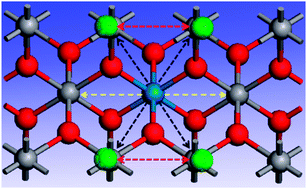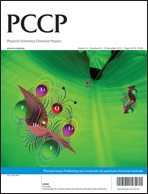The driving mechanism of the metal-insulator transition (MIT) in VO2 has always attracted attention, in particular with regards to understanding if and how the doping mechanism may tune the MIT transition temperature. However, due to the lack of detailed local structural information, in this oxide the underlying MIT mechanism is still matter of debate. In this contribution on the V1−xWxO2 system, we attempt to clarify the origin of the MIT induced by tungsten doping. Combining W L3-edge and V K-edge extended X-ray absorption fine-structure (EXAFS) spectroscopy, the local structures around both V and W have been obtained. The data point out the occurrence of internal stress along the V–V chains induced by doping. It reaches a critical value that remains constant during the transition. The main effect of the internal stress on the vanadium local structure has also been identified. Actually, upon increasing the dopant concentration, the tilt of the V–V pairs towards the apex oxygen atoms in the VO6 octahedron decreases while the V–V bond lengths remain unchanged. The electronic structure has also been investigated by O K-edge X-ray absorption near-edge structure (XANES) spectroscopy. Actually, at high doping concentrations the interaction of O2p and the V d∥ state increases, while the hybridization of O2p and V π* decreases. The O2p–V3d hybridization is therefore an essential parameter correlated with the decreasing transition temperature in the V1−xWxO2 system.

You have access to this article
 Please wait while we load your content...
Something went wrong. Try again?
Please wait while we load your content...
Something went wrong. Try again?


 Please wait while we load your content...
Please wait while we load your content...